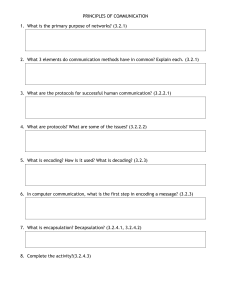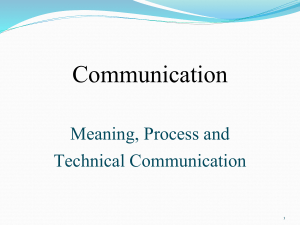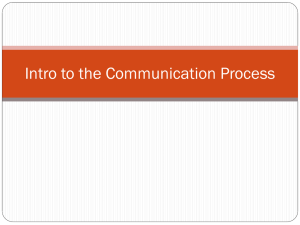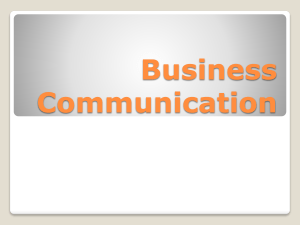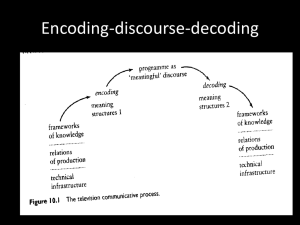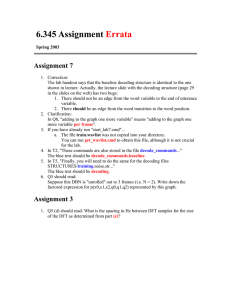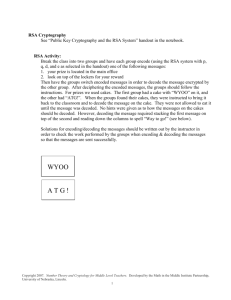Basic Concepts and Communication Models
advertisement
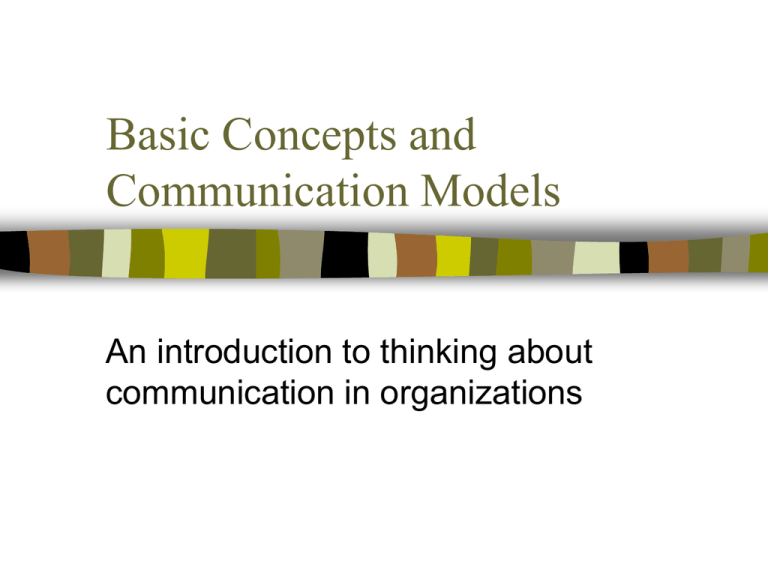
Basic Concepts and Communication Models An introduction to thinking about communication in organizations Some Initial Observations A communication axiom-- “You cannot not communicate” Always judge communication in terms of context Language in an inherently arbitrary symbol system Language is polysemic Communication and organizations Communication is not a secondary or derived aspect of organizations--it is not a “helper” Communication is an intrinsic, inherent, defining feature of organizations “No human relationship could be maintained, no organizational objective achieved, no activities coordinated and no decisions reached without communication.” Unique Perspectives on Communication in Organizations Downward communication (superior to subordinate) Upward communication (subordinate to superior Horizontal communication (among colleagues) Informal communication (the grapevine) Comparative Communication Models Early models depicted linear movement S->M->C->R More accepted view now is transactional/transformational model of communication--simultaneous encoding and decoding of messages Critical Elements in Communication Models Encoding/decoding affected by differing frames of reference (race, sex, ed. background, geography, culture, etc.) Code--verbal, vocal, visual Channel--importance, needs of receiver, amount of feedback needed, permanent record?, cost, formality level Critical Elements cont. Feedback--advantages and disadvantages Noise--external and internal, technical or semantic Environment--time, place, physical and social surroundings
